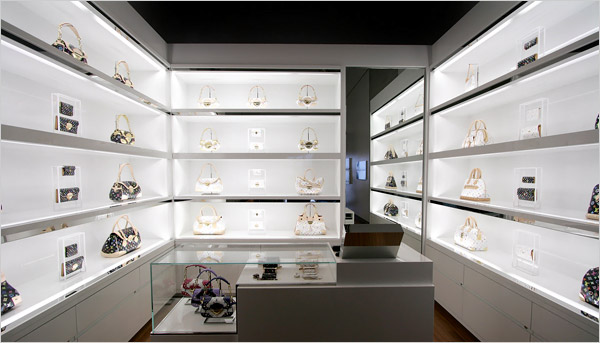D-Crit's Fantasy League
/On Tuesday, July 22 from 7 to 9pm (note: updated time), the School of Visual Arts MFA in Design Criticism presents an evening of sports-fueled design criticism at the KGB bar in the East Village (85 east 4th Street).
"Michael Bierut, co-founder of Design Observer, questions stadium architecture's tendency to nostalgia. Metropolis contributing editor Jennifer Kabat scrutinizes Nike's new uniforms for the Chinese Olympics team. ESPN sports uniform critic Paul Lukas explores the cultural history of the humble baseball cap. Finally, The New York Times car critic Phil Patton considers the curious conflation of celebrity athlete shoes and cars."
The event is free and open to the public.














